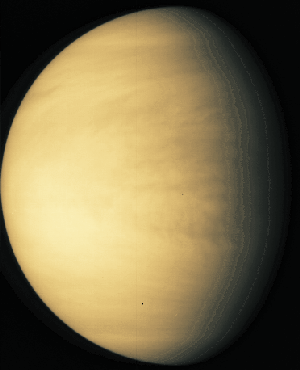StevenK
Second Unit
- Joined
- Jul 16, 2000
- Messages
- 266
If the laws of physics are true, then matter cannot be created nor destroyed. So, scientfically, all matter always existed. So either randomness or some sort of system is in place to create a steady state where all things can co-exist.
Well, for one the laws of physics are rather incomplete. They are correct up to a certain point and could possibly be revised upon further scientific discovery...which is the whole point of our eternal search for "The Answer". Think of Newton's Laws of Motions and how they were revised by Einstein's Theory of Relativity. The question of how large the domain where the current laws of physics is as important a question as any other (well okay, not as important as which pants to wear tomorrow: khakis or corduroys). People postulate that once the "Grand Unifying Theory" is proved, we'll truly have an complete set of laws of physics...but somehow, I doubt it'd ever be complete.
Nevertheless, our current laws of physics does quite a job of buttressing the theories of the creation of the universe. As someone stated, plain ole quantum mechanics is still going strong. Moreover, the continual discovery of anti-matter lend credence to a state of nothingness before the Big Bang. That is the existence (or rather non-existenceof positrons, anti-quarks, etc lead to the theory that the sum of the energy/matter in the universe is/has been zero. Personally, I think the more interesting question is what catalyst drove the universe (or non-universe) from its former steady state to its current steady state. I go with the cyclic theory in that the momentum of one state leads it to the other and so on and so forth. Alas my lack of deeper knowledge concerning quantum physics prevents me from truly understanding the theory.


